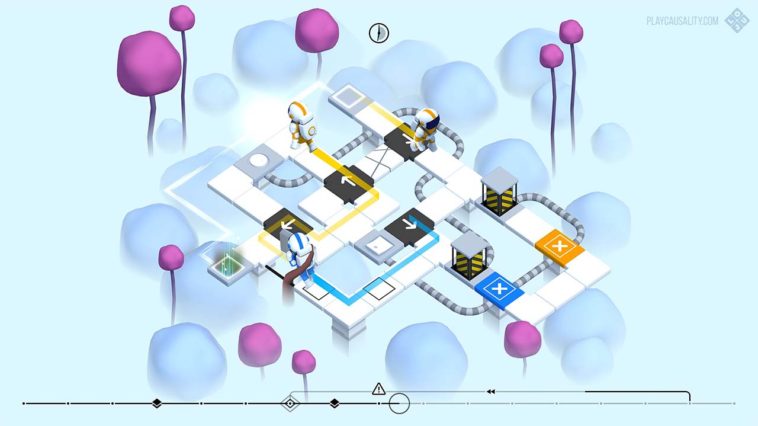

In the fourth quarter, Miami got off to a hot start, breaking off on an 11-0 run to cut the deficit to 10 points. Postseason stars Caleb Martin and Max Strus were a combined 0-for-12 in the first half. 8 seed to win a championship since the 16-team playoff format began 39 years ago, struggled with their shots in the opening two quarters, going 18-of-48 from the field. The Heat, seeking to become the NBA’s first No. You know the first three rounds, (the Heat) won the first game when they traveled … and we didn’t want that to happen, and I think we did a good job.” They never quit,” Jokic said after the game. Nuggets guard Jamal Murray added 26 points and 10 assists as the team captured its first win in an NBA Finals in the franchise’s 47 years in the league. Jokic’s 14 assists are the most by a center in Finals history. He finished with 27 points, 14 assists and 10 rebounds in the victory. Two-time MVP Nikola Jokic tallied his ninth triple-double to extend his record for most in a single postseason in NBA history.
Original causality game how to#
Getty ImagesĢ023 NBA Finals: How to watch the Denver Nuggets and the Miami Heat compete for the Larry O'Brien trophyĪfter clinching the first NBA Finals berth in franchise history with a sweep of the Los Angeles Lakers in the Western Conference Finals on May 22, Denver showed no signs of rust in Thursday’s Game 1, jumping out to a 17-point lead in the first half with four of the Nuggets’ five starters finishing with double digits in points.ĭenver continued building on the lead to start the second half, leading by as many as 24 points in the third quarter.

This further suggests that the causal flows are mainly dominated by nonlinearity.Nikola Jokic of the Denver Nuggets and Jimmy Butler of the Miami Heat.

Original causality game series#
Furthermore, our developed anti- and cross-causalities, which measure the causal flow from the linear properties of one time series to both the linear and nonlinear properties of another, vanish for all three inference methods. Since the surrogate-GC almost diminishes, we conclude that GC-just as Pearson correlation-only depends on phase differences. Analogously to Prichard and Theiler, 31 we repeat the calculation where we use different random phases when calculating the surrogate-GC between two time series. The small deviations stem from the inaccuracies of the linear regression required for the calculation of GC. As expected, we confirm that GC is indeed restricted to measuring linear causality as the original- and surrogate-GC are both on the same scale. We observe that a significant portion of TE and CCM can be attributed to nonlinear properties. This is because the surrogate time series only exhibit the same linear properties as the original time series while nonlinear effects are destroyed. 5, where the box plots show that all surrogate-based causalities measured by TE and CCM are significantly lower than the original causality. Our analysis of the Lorenz and Halvorsen systems indicates that the causality is predominantly driven by nonlinear properties. It turns out that the pandemic triggered a fundamental rupture in the world economy, which is reflected in the causal structure and the resulting equations. Finally, we illustrate the applicability of the framework to real-world dynamical systems using financial data before and after the COVID-19 outbreak. Furthermore, we show that a simple rationale and calibration algorithm are sufficient to extract the governing equations directly from the causal structure of the data. For the Lorenz and Halvorsen systems, we find that their contribution is independent of the strength of the nonlinear coupling.

In this paper, we analyze the causal structure of chaotic systems using Fourier transform surrogates and three different inference techniques: While we confirm that Granger causality is exclusively able to detect linear causality, transfer entropy and convergent cross-mapping indicate that causality is determined to a significant extent by nonlinear properties.
Original causality game drivers#
While machine learning algorithms are increasingly overtaking traditional approaches, their inner workings and, thus, the drivers of causality remain elusive. Identifying and describing the dynamics of complex systems is a central challenge in various areas of science, such as physics, finance, or climatology.


 0 kommentar(er)
0 kommentar(er)
